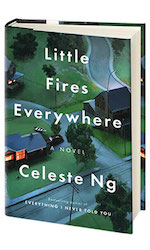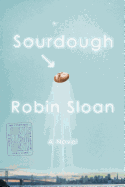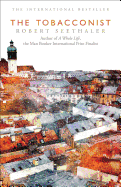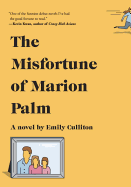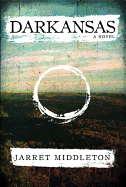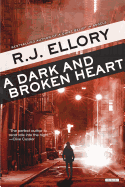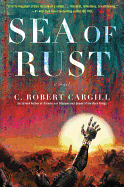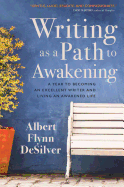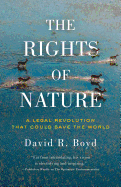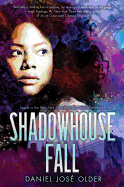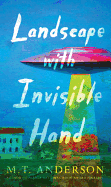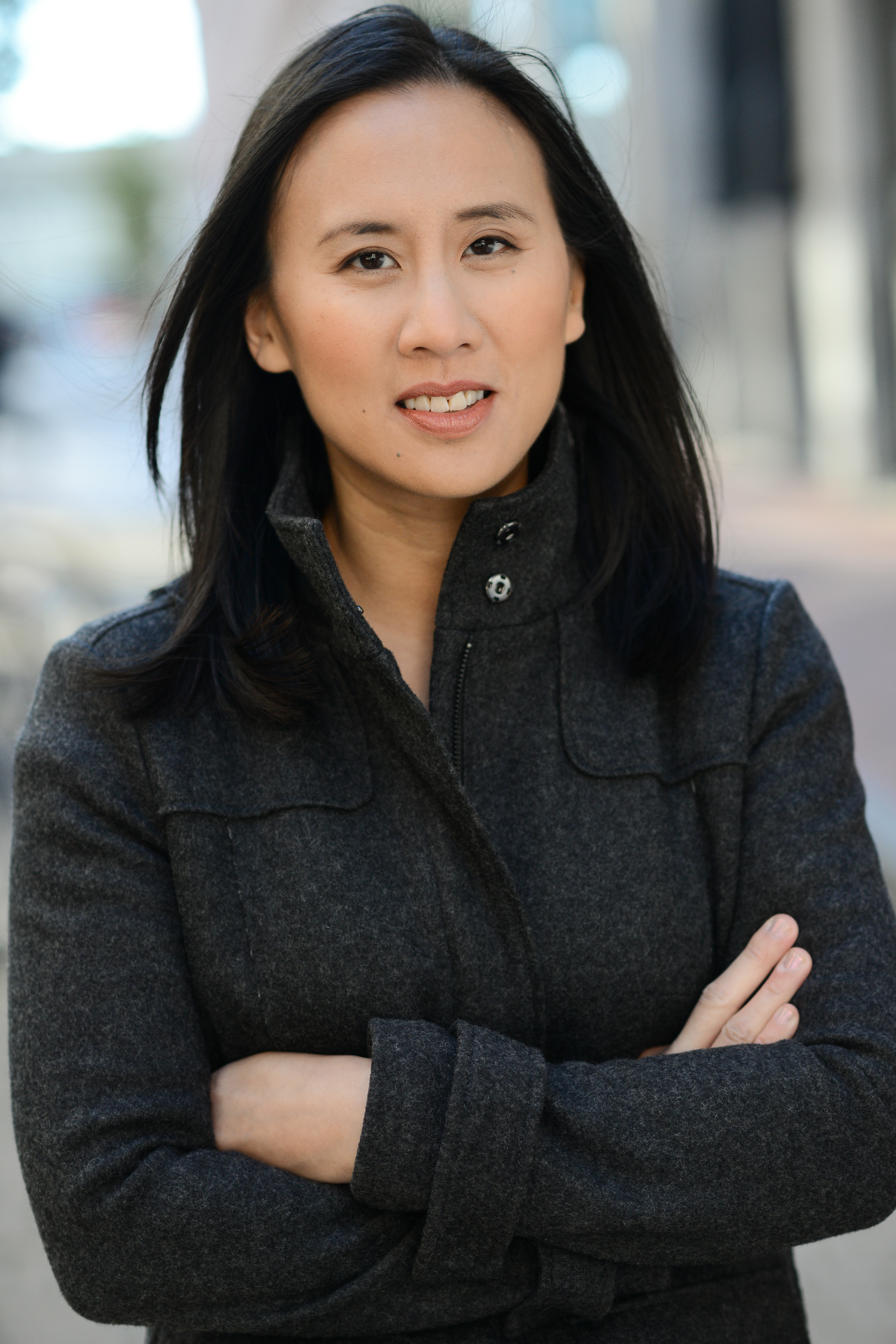 |
| photo: Kevin Day Photography |
Celeste Ng is the author of the New York Times bestseller Things I Never Told You; she is a recipient of the Pushcart Prize and a fellowship from the National Endowment for the Arts. She grew up in Shaker Heights, Ohio, where her new novel, Little Fires Everywhere, is set. She currently lives with her family in Cambridge, Mass.
Now that you've had some time for the phenomenal (and so well deserved) success of your debut novel, Everything I Never Told You, to sink in, would you speak to what the experience was like? Did you have any idea that the book would be so well received?
I really had no idea the book would find this kind of audience. Honestly, the only way I could convince myself to finish it was by telling myself that no one was ever going to read it if it even got published--so, um, that was more along the lines of what I expected. The experience was really what every writer dreams of, and then some--dizzying, validating, humbling. I still haven't totally gotten my head around it.
Did this put pressure on you while writing Little Fires Everywhere? Was there a sense that you needed to top the performance of your debut?
Most of the pressure I felt came from myself--I'm an overachiever by nature and was raised in a family of overachievers in an overachieving community (as will be clear from Little Fires Everywhere!). So it's deeply ingrained in me to think, "Okay, so I did X last time, let's see if I can do X+1 this time!" But most of the pressure, such as it was, really stemmed from a sense of responsibility: having connected with so many readers, and earned their trust, I didn't want to disappoint them in my second book.
Where did the idea for Little Fires Everywhere come from?
I've become increasingly fascinated with my hometown of Shaker Heights since I left it at age 18. While I was growing up there, I thought it was a pretty typical Everytown. But once I moved away, I realized how very atypical it is in a lot of ways: its very overt focus on racial integration, its ethos of being progressive and globally minded and, frankly, exemplary. I wanted to write about both what it was like to grow up in that world, which really shaped me into the person I am, and all of the blind spots and cracks in that kind of environment.
How much of your own adolescent experience surfaces in the book?
The teens in the book are just about the age I would have been at the time--Lexie, the oldest child in the Richardson family, and I would have been classmates. So I had a lot of fun sending my characters to places I went to in high school, and letting them roam the halls of my old high school. I would have liked to have been as cool as Lexie, as bold as Izzy, and to have dated Trip, but the truth is I was more like a mix of Moody and Pearl. But without giving too much away, I'll add that some of the things the characters in the book do are in fact things I did as a high schooler--I'll plead the Fifth, and let you guess at which ones.
It is noted several times throughout Little Fires Everywhere that very few Asian Americans live in Shaker Heights--and the ones who do are treated to the feel-good racism of the '90s. What would you hope readers would take away from this aspect of the book?
I loved growing up in Shaker Heights and still have a huge fondness for it--it's one of the few places I've seen that really makes an effort to talk about race, though thankfully, that's now becoming more and more of a national conversation. But one thing I realized, once I moved away, is that even the best-intentioned and most self-aware communities have their blind spots. I say this as someone who now lives in Cambridge, Mass., one of the most liberal and progressive communities in the country: even we're not immune to racism and bias of all kinds. That's not a criticism, it's part of being human--but it's when we don't acknowledge our own weaknesses and missteps that we really get into trouble. So I hope readers will close the book thinking about what blind spots they or their community might have, and are more aware of the ways our best intentions sometimes lead us to questionable choices.
Often, your characters will take two steps forward and one step back in their journey to wholeness. Was it ever a struggle for you to balance each person's experience? Did you ever worry that the reader might find a character too unlikable because of their actions, especially one of your main players, such as Elena Richardson?
We talk so much about likable characters--especially when it comes to women--but I try not to worry too much about that. I focus instead on whether a character is interesting: you don't have to like someone to want to follow them around and see what they do and find out what makes them tick. In fact, some of the most fascinating characters in literature (and TV) are terrible people--but terrible people are often mesmerizing.
That said, I did want to make each of the characters human and rounded. Mrs. Richardson does a lot of questionable things in this novel, but hopefully readers can understand why she does them, even if they don't agree with her logic. The same is true of Mia--she makes her own questionable choices, but again, I didn't need her to be a saint: saints aren't interesting. I just wanted to get at why she'd do the things she does.
Who was your favorite character to write? And your least favorite? And why?
Even more than with Everything I Never Told You, all of these characters draw on different parts of my experience and personality. All the teens were a joy because they encompass so much of what I thought and did as a high schooler. Mrs. Richardson gets to be a bit nefarious, which is a sheer delight for an author, and Mia has wisdom and inner strength that I wish I could have (plus, her photographs were tremendously fun to imagine and describe). But Izzy was probably the most fun to write: she gets to say outrageous things that I'd never say in public, and to do things that our veneer of civility doesn't allow us. I couldn't always predict what she was going to do, and that made her exciting.
The interconnectedness of your characters, especially the all-American Richardson family and the artsy, intelligent Mia and Pearl Warren, is especially fascinating because they're vastly different from one another--at least on the surface. Every small decision made by one individual impacts several others, causing a ripple effect. Would you talk about the importance of this aspect to the overall narrative?
Nothing happens in a vacuum, and part of what interests me in stories is the unexpected connections between characters: how one person's whole life might be irreversibly shaped by something that someone else did, or how a small action by one person might ripple outwards and have a huge impact for someone else. That's what makes life complicated, but also fascinating: any decision you make is so often rooted in so many other factors. And this is especially true when it comes to family: everything in a family is more loaded because of all the ways your lives and histories and futures are intertwined. I wanted to explore how tangled these two families get, and how difficult it is to disentangle yourself once you've found those connections.
One of your greatest skills as a writer is laying bare (with nuanced and breathtaking beauty) what makes people do what they do--the often quite agony and ecstasy of being human. What draws you to this task, for lack of a better word?
I really do believe (most of the time) that humans are rational creatures. We don't act randomly; everything we do, we do for a reason. That said, though, logic isn't the objective and universal thing we pretend it is: what seems completely logical and justified and reasonable varies so widely from one person to another! Can you understand why someone else makes a particular choice, even if you don't agree? Can you ever really explain how you see the world to someone else? I'm really interested in those gaps between people and the ways we cross them--or don't--which is why I keep coming back to it in my writing.
What are you working on now?
I'm in that very uncomfortable stage where, having finished a project, I realize I've forgotten how to start anything. So I'm reading a lot of random and seemingly disconnected things that catch my fancy at the moment--which means my mind is connecting them somehow--and just beginning to see how they might coalesce. I'm also going back to some short stories from years ago that haven't quite come together, to see if I can finally bring them into a shape that works. --Stefanie Hargreaves
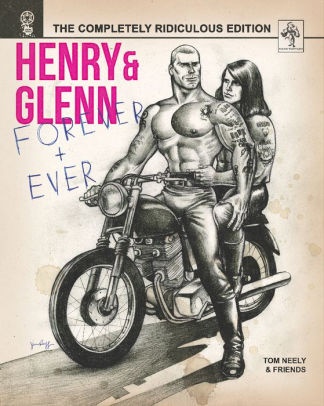 For years, Igloo Tornado has cobbled together bizarre, hilarious zines on their strange but sweet subject. Now their publisher has issued the complete anthology, with 16 never-before seen pages. Perhaps as a result, history will remember these black, oozy romantic vignettes as the greatest love story ever told: Henry & Glenn Forever + Ever: The Completely Ridiculous Edition (Microcosm, $25.95).
For years, Igloo Tornado has cobbled together bizarre, hilarious zines on their strange but sweet subject. Now their publisher has issued the complete anthology, with 16 never-before seen pages. Perhaps as a result, history will remember these black, oozy romantic vignettes as the greatest love story ever told: Henry & Glenn Forever + Ever: The Completely Ridiculous Edition (Microcosm, $25.95).



